Modern design trends focus on making the most of as little as possible. Minimalism is a major element of contemporary interiors. But this does not mean that all modern interiors should be minimal. There is such a thing as Maximalist design which takes advantage of many interior elements and incorporates plenty of shapes, forms, and colors.
If you’ve gotten tired of the minimal design trends and want to give your eyes some visual variety, then Maximalist design may be just the thing for you. Our eyes are naturally very skilled at picking apart what we see and there is an innate satisfaction in seeing a bit of chaos and disorder. But this does not mean that you can simply pile your interior with all manner of items, decor, and design elements. There is a formula to Maximalist design that you should understand lest you turn your interior into a convoluted mess of ideas.
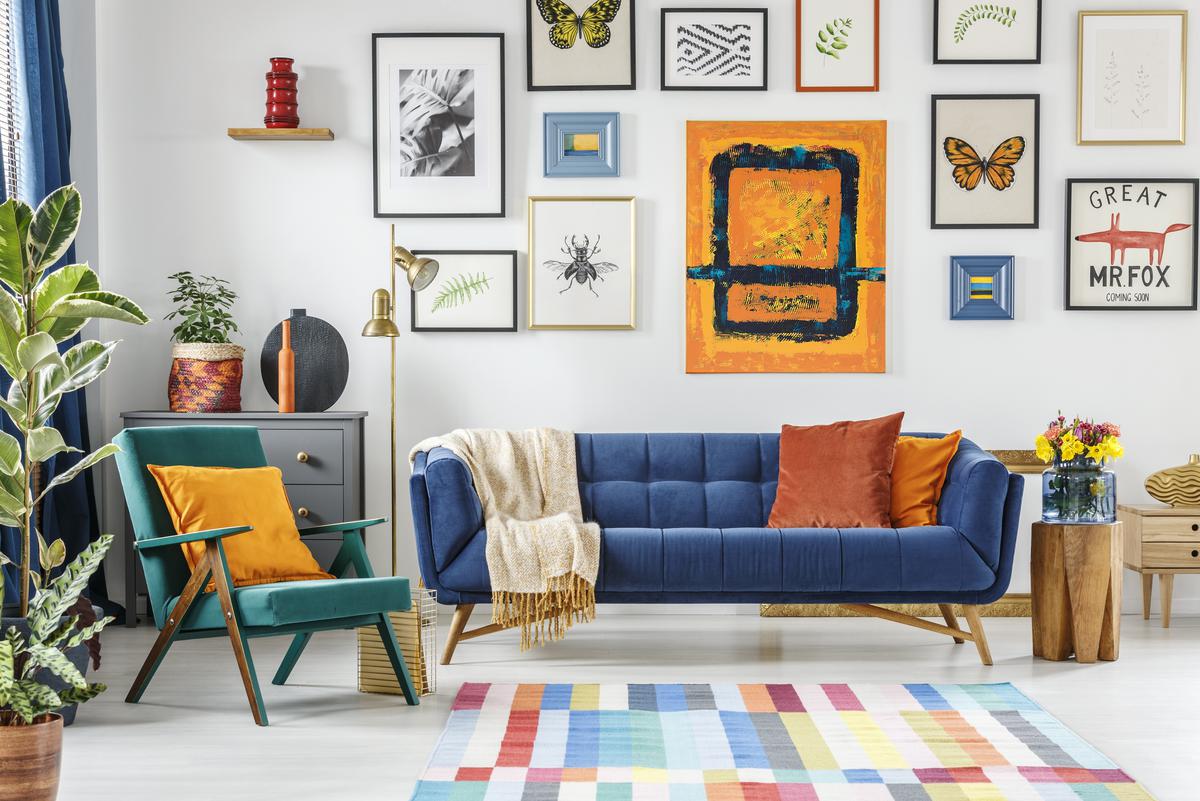
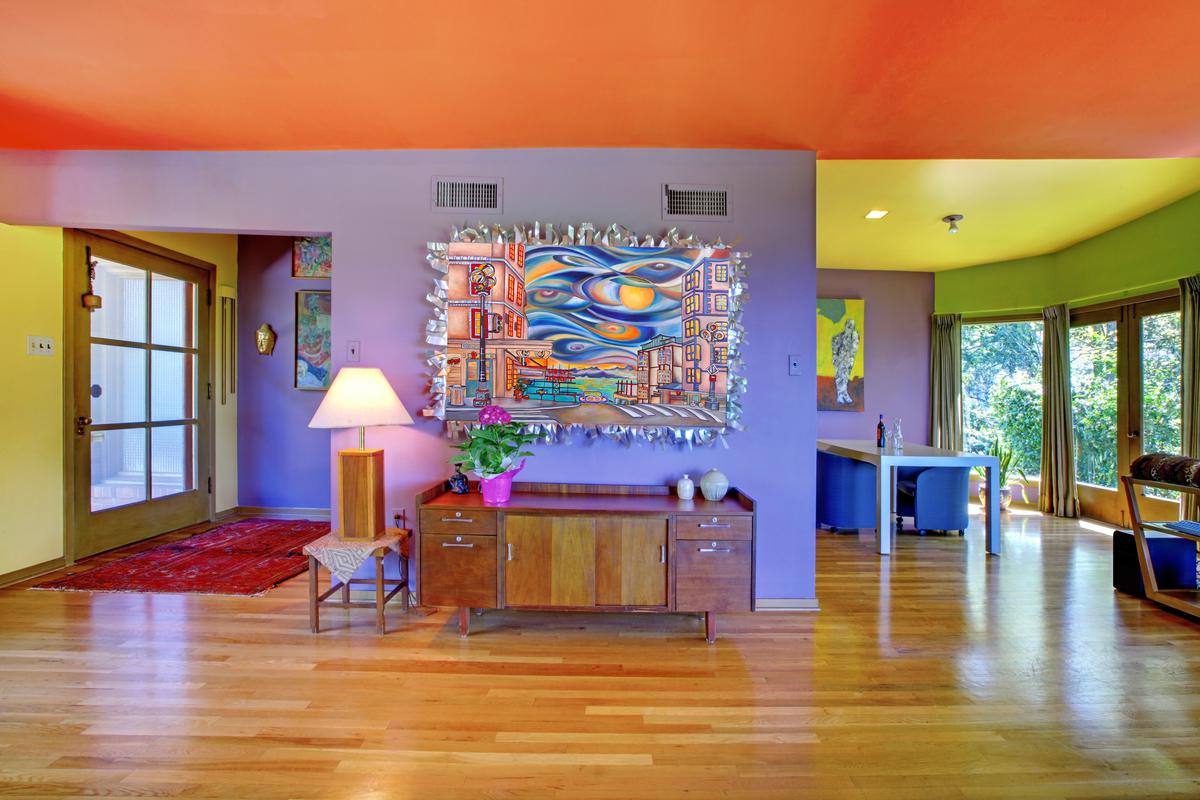
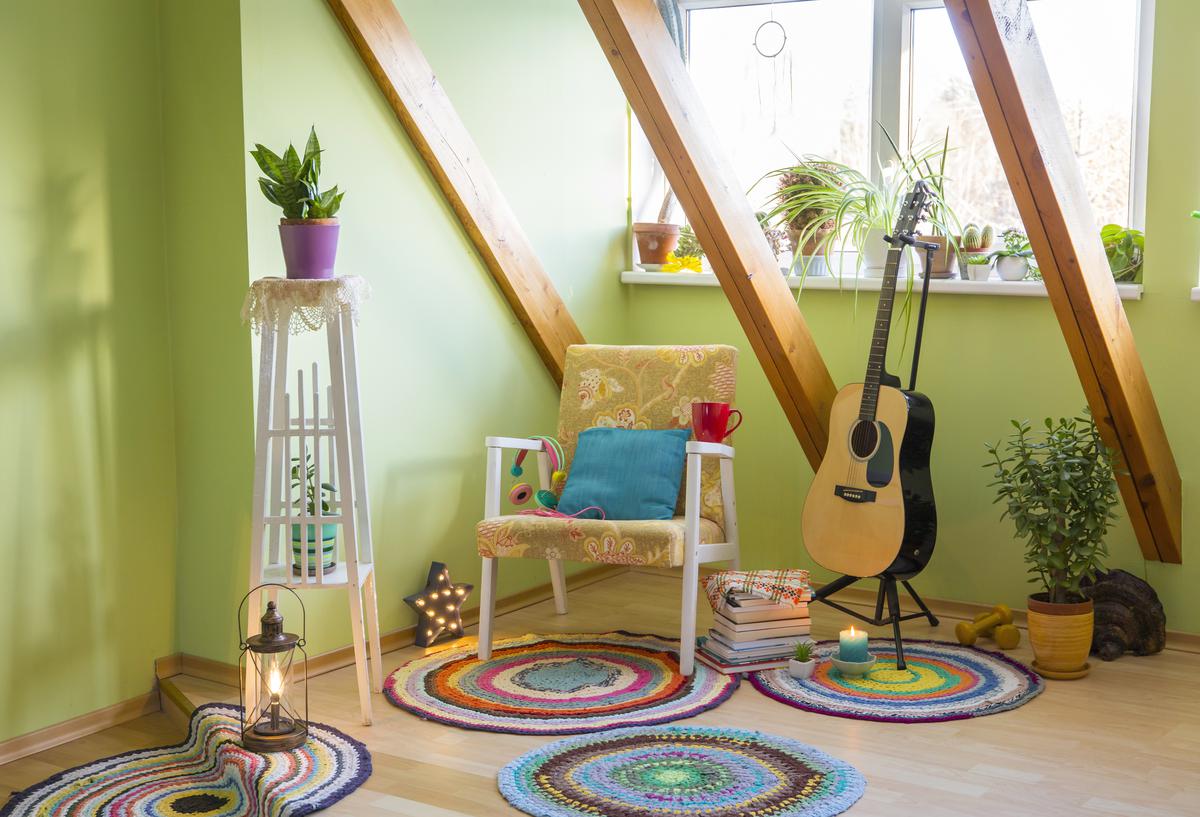
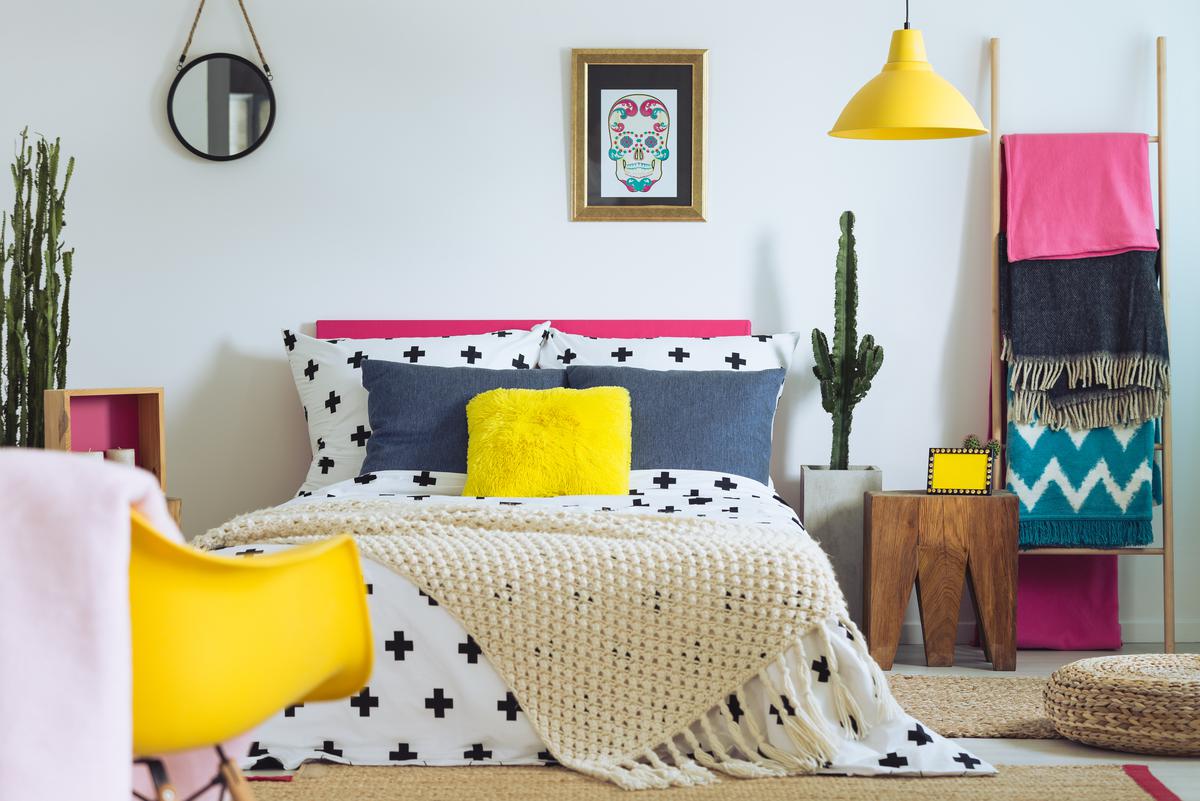
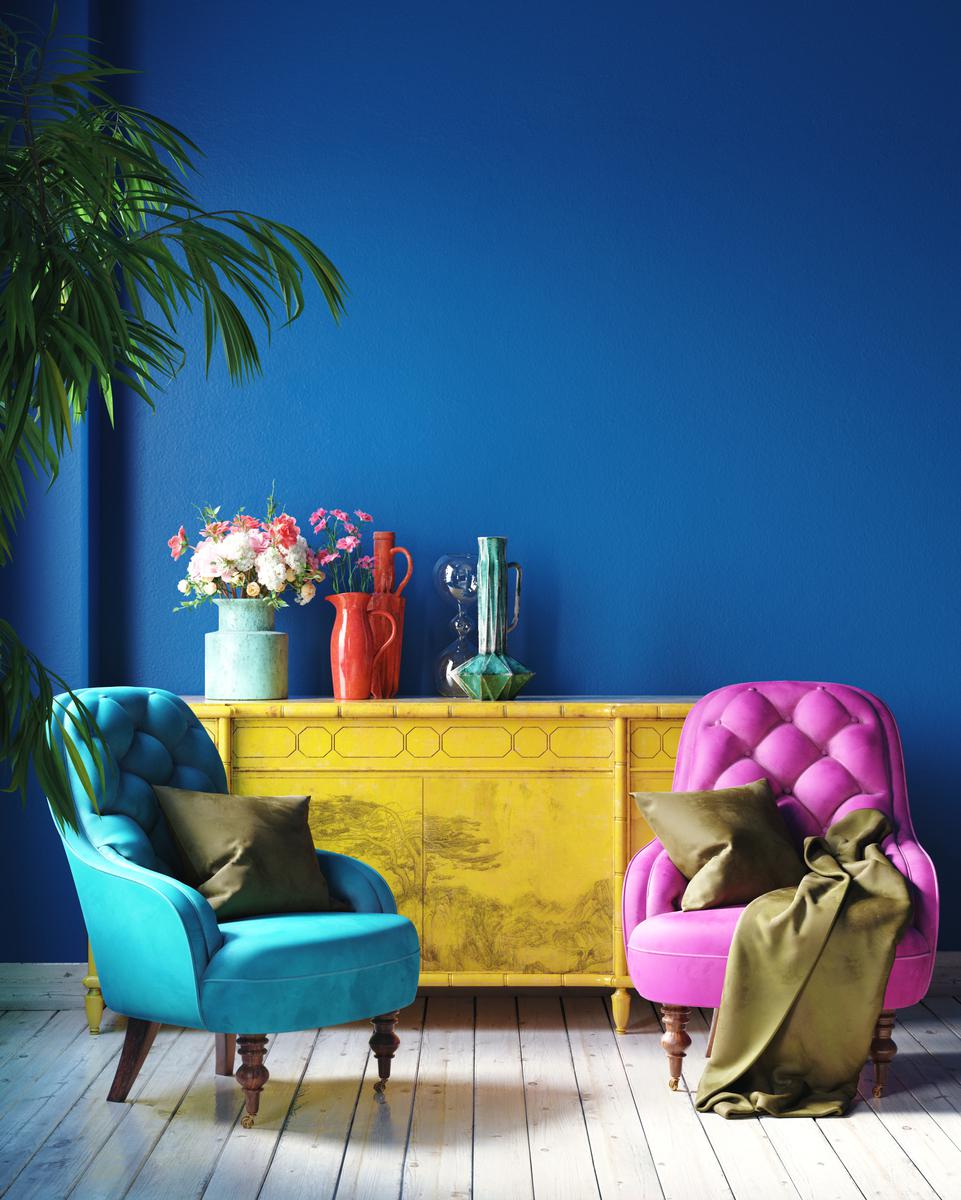
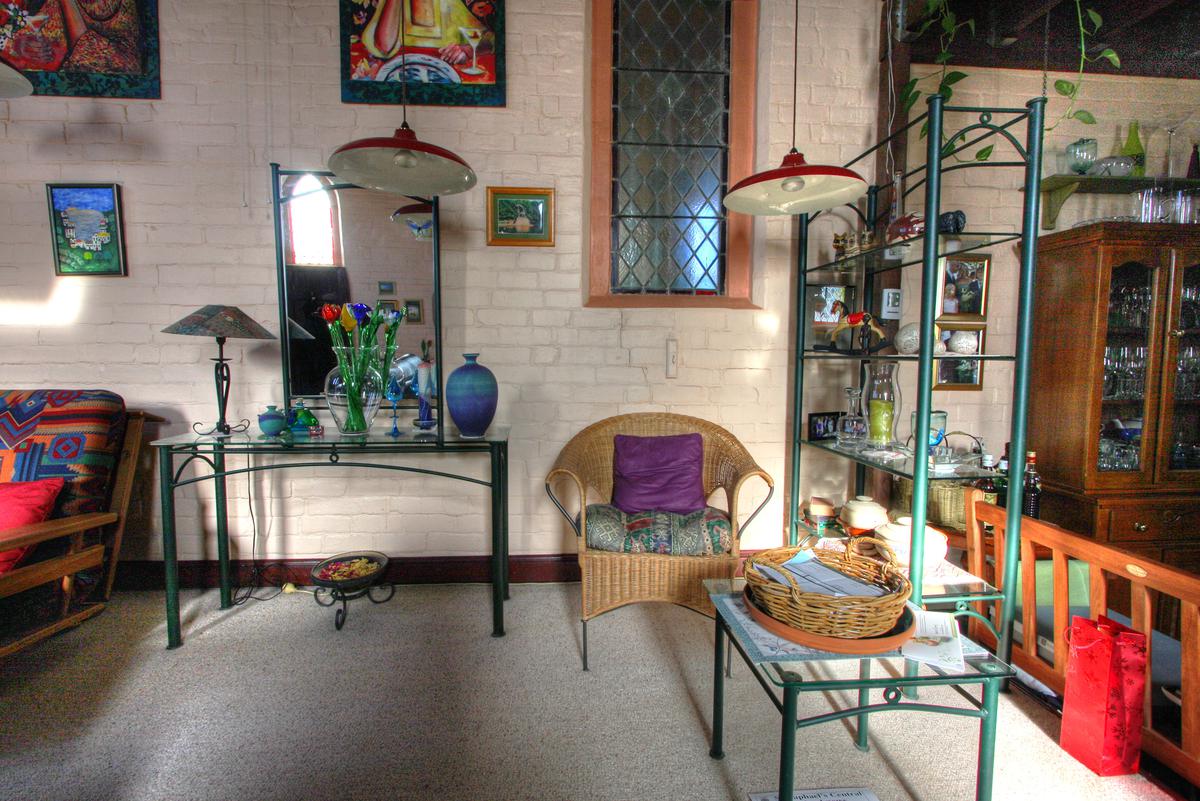
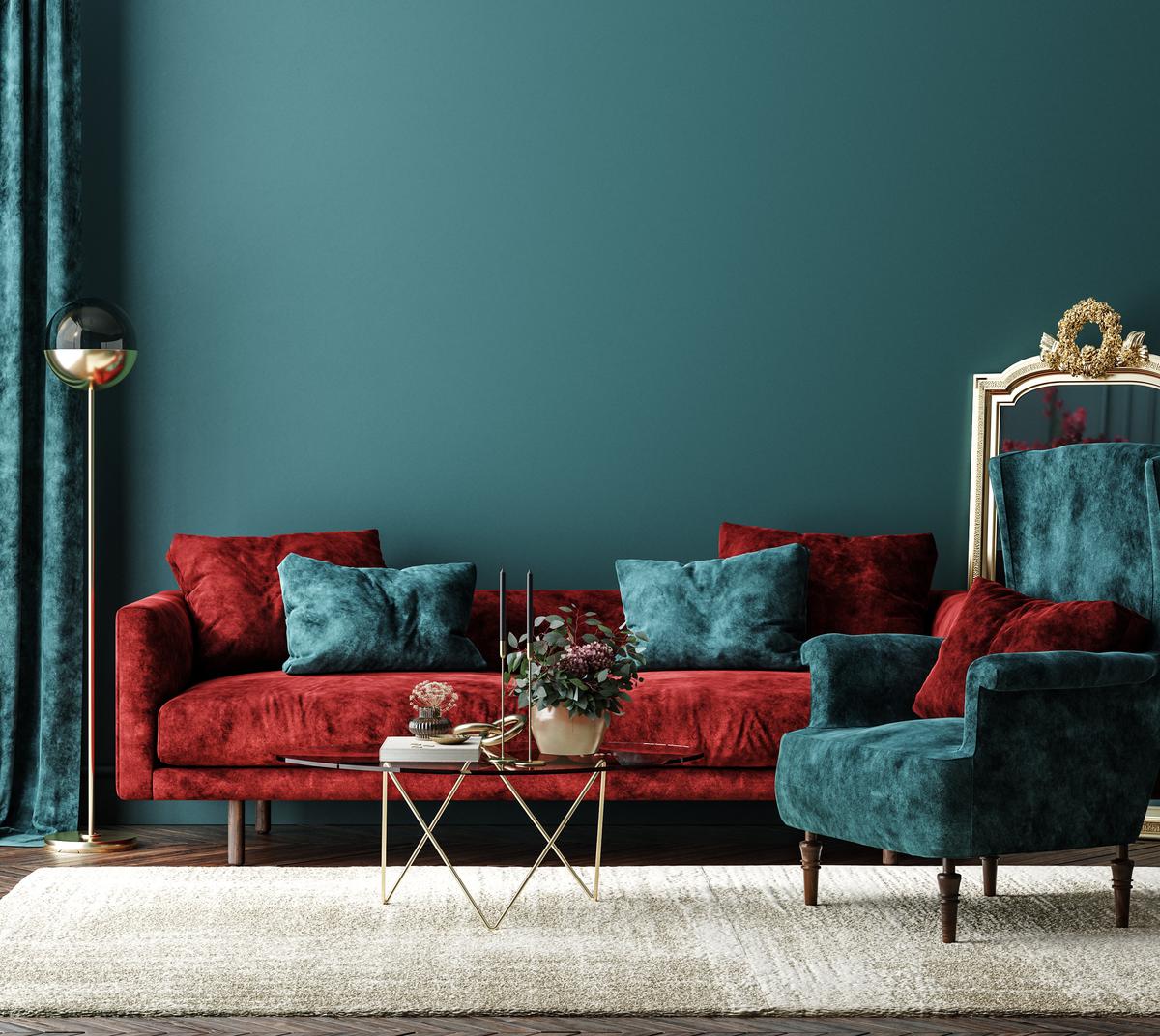
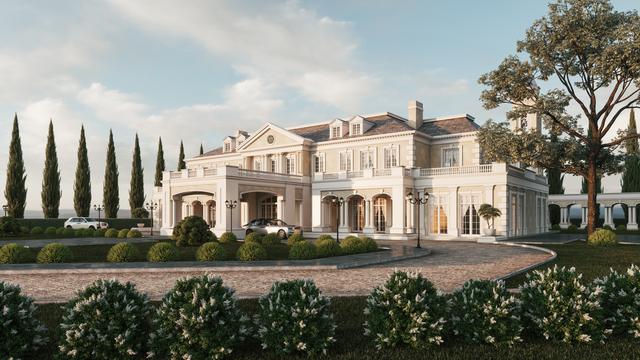
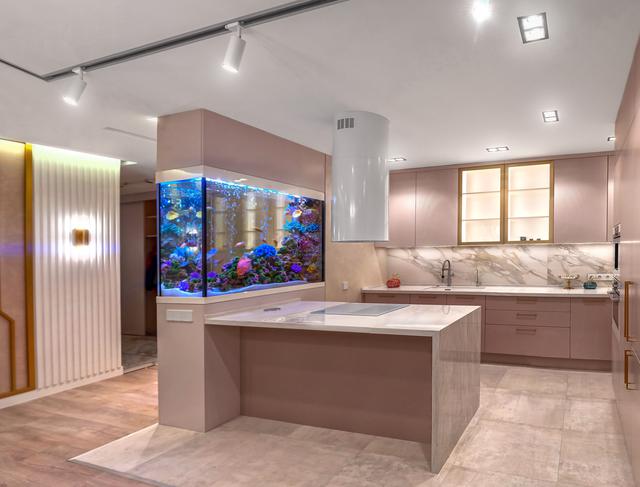
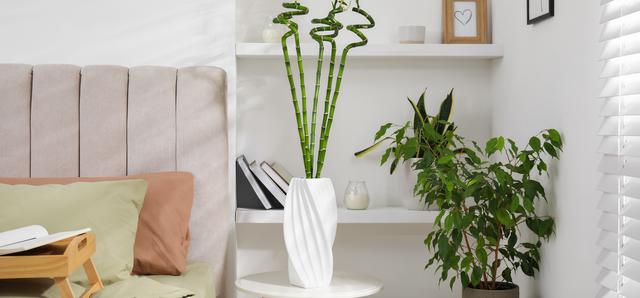
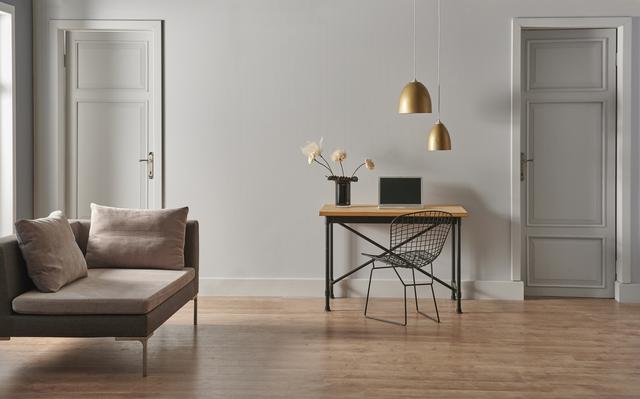
comments